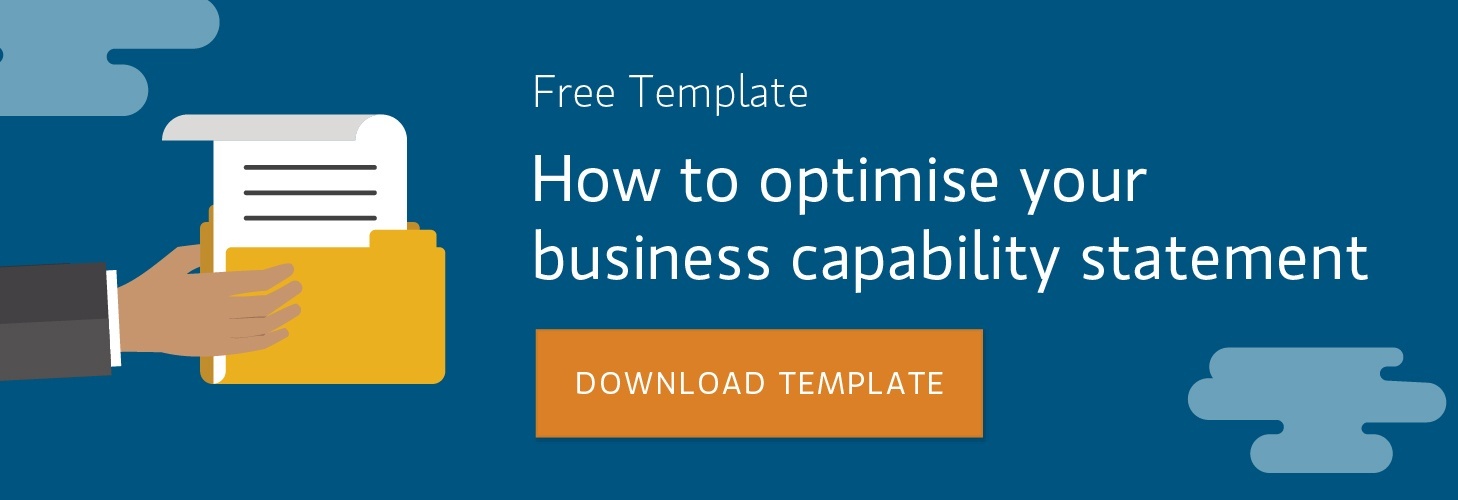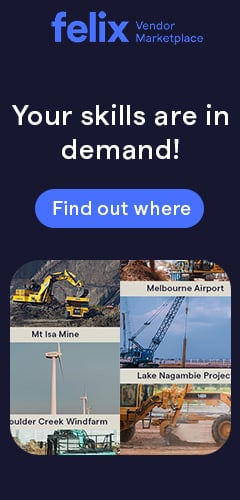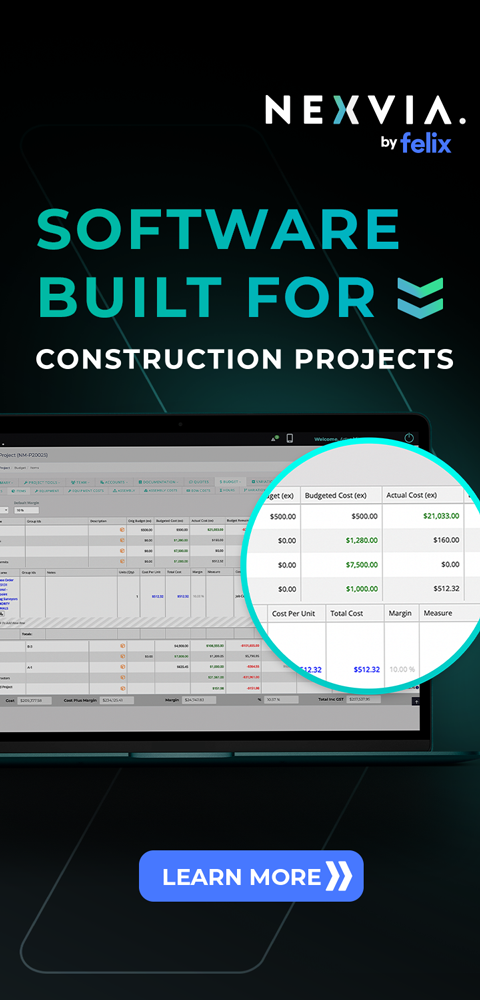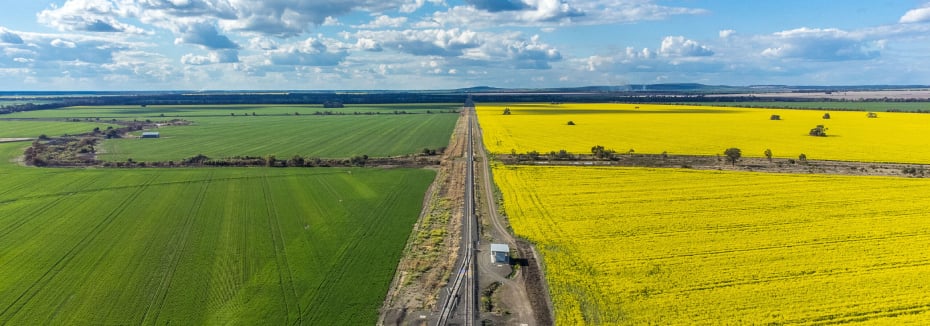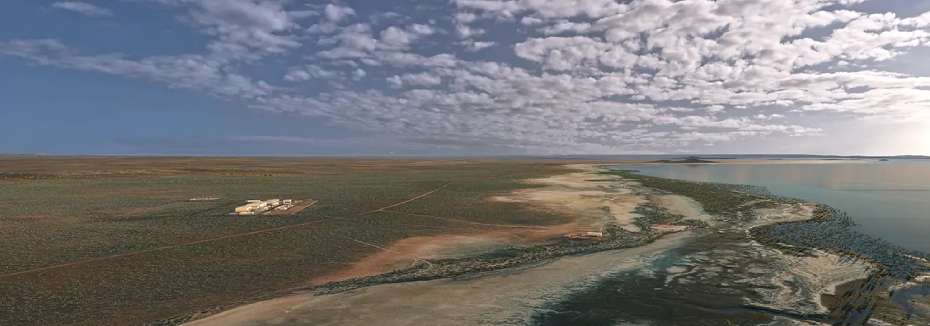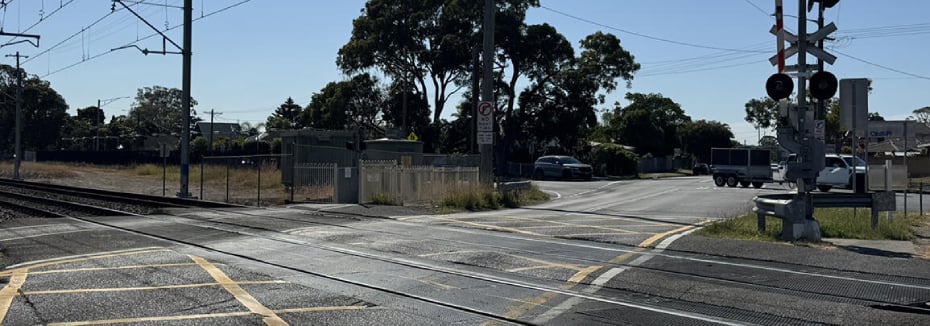One of the most important steps in targeting supply chain opportunities is to communicate your capabilities effectively to other companies in the supply chain - those who can potentially use your products and services. The buyers have particular ways of operating and want to know they are dealing with the right kinds of suppliers. We'll show you some tips and hints that can help you describe your business capabilities to impress decision makers.
Learning more about a company's services, core values and capacity will assist potential customers in making a decision on whether they should do business with your company. When written powerfully and persuasively, describing your capabilities effectively will differentiate your business from your competitor, help to reinforce your business brand and value proposition in the minds of existing and potential new customers.
Capability Information – this explains what you do and what you are good at.
STEP 1: Main business activities and industries served
List the main areas of work that you like to do and the markets you serve – what you are best at and what type of work you like to win. Then add other services and products that you provide.
Don’t be tempted to overstate your capabilities – saying that you can do everything will quickly relegate you to the ‘not able to do anything well’ category. Be specific so decision makers get a very good understanding of what you do.
STEP 2: Products and services and industries served
Give examples of the range of goods/services you provide. Try to explain the spread or range of what you can do.
While many small to medium sized businesses make products and sell these to major customers, it is often the backup service, support and even after hours assistance that SME’s provide that really make them stand out. What service and support do you provide to your customers? Or can you provide service or support to other manufacturers’ products, e.g. OEM products?
STEP 3: Preferred business
Make sure you mention the preferred work your company targets – readers get an understanding of what you are interested in and good at.STEP 4: Your company's approach
Include a sentence on your business approach or philosophy - what are the values that drive your company? Each major project or supply chain will have key values that drive their approach, their work and their performance. Do you know what those are for the major projects you are targeting? How does your organisation line up with these values? Are there some gaps that you need to address?
STEP 5: Key people in your organisation
Include a brief biography (a paragraph is sufficient) that introduces your key people, noting their qualifications, special abilities and capabilities. Include any qualifications and any experience they have working on similar major projects.The type of people you have in your business says a lot about the businesses capability to deliver. Highly skilled and experience staff will play in your favour, whereas a team with limited skills and no experience presents a much greater risk for a buyer to take on.
STEP 6: Competitive skills
You or your staff may have specialised skills e.g. design, specialised welding, or other skills like project management, IT, retaining good staff or others. List these skills as they will help you stand out. STEP 7: Equipment
Make sure you cover the base equipment and facilities you have but also specifically mention equipment that gives you an edge – it may be the size it handles, speed of operation, quality, or it might be only one of a few in the region. Do you have a regular maintenance program? If so include some details about this as it shows your equipment is well maintained and is unlikely to break down in the middle of a job. If you are planning new investment or expansion (new premises, new major machinery, automation or other) include this information – it shows that you will be expanding your capacity in the future.
STEP 8: Specialised capabilities
This is often the most important information you can provide. You may think what you do is ‘normal’ but others may see it as a special capability. It might be customer service, relationships, backup, equipment used, quality of work, turnaround time. Ask your trusted customers – ‘what makes our services or products stand out to you?’ Drag this information out because it is GOLD!
STEP 9: Proprietary products / inventions / processes / patents
Not everyone has something unique but innovation is very important to major project supply chains. They may not use your innovation but it sends an important message that you are a thinker and a problem solver. It doesn’t matter if the innovation or product can’t be used by the major supply chain – just the fact that you can achieve this can improve your standing as a supplier.
STEP 10: Certifications held
This could be a firm certification or someone on the team has a certification. These show the potential client that you have put the effort into skills and systems to deliver good results.
STEP 11: Export capabilities
This won’t apply to everyone but if you do export something you make or value add to, it shows that you can compete in international markets – an important message about your competitiveness.STEP 12: Software used (engineering/drafting/other)
Proficiency in IT systems is important to major project supply chains. If you have and use specialised software, include it and how you use this to provide customer benefits e.g. timelines, job management design etc.If you just have a basic IT system, mention that IT systems are used to manage/track job, accounts or other information. Major project supply chains want to know that you have internal information management systems. Project documentation and correct invoicing seem like simple requirements but are vital for everyone in the chain.
Do you use e-commerce systems with other customers? Include this – it shows that you are IT savvy.
STEP 13: Capacity Levels
Is your business able to scale up to meet increased demand? Do you have subcontracting or partnering arrangements with other firms that helps you scale up your work capacity when needed?
List your employment to give potential clients an idea of the work volume you can take on.
Company turnover may be requested when you lodge your profile but this often remains confidential.
STEP 14: Preferred maximum value of work per job
This can be described in volume, size and in dollar terms. This gives clients an idea of the scale of work you can comfortably handle for one client.
STEP 15: Area of operation or supply
What geographic areas do you supply to? Major project supply chains want to know that you can provide support to specific areas for things like product support, maintenance and service.
STEP 16: Training and skills
As the market heats up, skill shortages will occur. Do you have a commitment to training your staff? Do you have strategies in place to retain key staff, multi staff skills? Include this information to demonstrate the depth of capacity in your firm, your ability to perform in a tight skills market and as a demonstration of your commitment to providing quality goods/services e.g. number of apprentices, other training you commit to.
Editor's Note: This information was sourced from the Queensland Department of State Development, Infrastructure and Planning.

Recent Articles
NSW Govt approves Inland Rail Narrabri to North Star Phase 2 project
Delivery of the second phase of Inland Rail in New South Wales will soon get underway as the State Government gives the green light to the Narrabri to North Star Phase 2 project.
New significant milestones reached on proposed Northern Water Project
Two significant milestones have been achieved on the proposed Northern Water desalination plant in South Australia.
Plans unveiled for major upgrade to NSW Rawson Rd level crossing
The New South Wales Government has unveiled plans for a major upgrade at Rawson Road and Railway Street in Woy Woy to make one of the Central Coast’s level crossings safer.
Get the latest project news
- updates on Australia's pipeline of state and federal projects
- fresh contract awards from major contractors and builders
If you're looking to contact us about other matters, please contact us.

